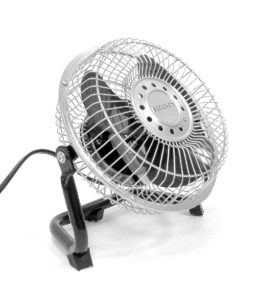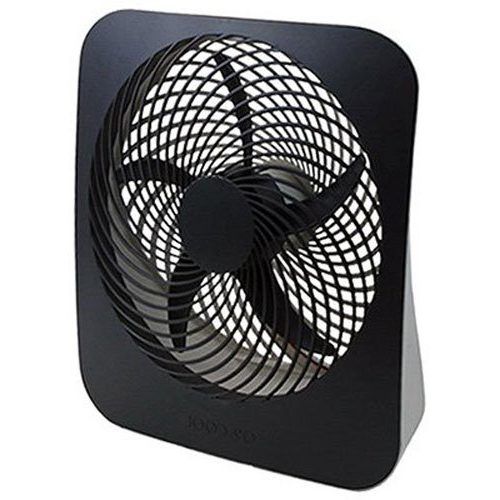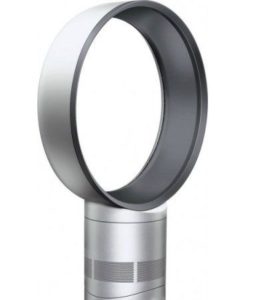If you are considering buying a cooling fan for your place this summer and don’t know where to turn, then we’re here to help you! In this post we provide you with a ‘roadmap’ to the territory of the cooling fan market, outlining all the different types of cooling fans that are out there and what purposes they are best suited for. Sounds promising? Read on!
Now the first thing to bear in mind when considering the different types of fan available on the market is that there are several different ways of classifying home cooling fans.
First of all, we can categorize home cooling fans by size, shape and where the fan is positioned in the room.
- Ceiling fans naturally hang from the ceiling and distribute air down and around the room. They provide effective whole-room cooling.
- Desk fans sit – you guessed it – on the desk or table in your office or study, simply plug them in the wall and let them whirl. These compact little fans are designed for cooling small, confined spaces.
- Meanwhile, pedestal fans sit on a ‘pedestal’ or vertical stand that rests on the floor; these fans are larger and stand taller than desk fans, and thus are suited to cooling slightly larger spaces.
- Last but not least we have tower fans; these tall and narrow specimens sit on the floor and reach sometimes up to the ceiling. These fans are a compact and space-saving option but are also generally speaking the most powerful type of fans on this list – with tower fans you really get the best of both worlds.
Aside from their size, shape, and location, cooling fans can also be classified according to the direction in which they move the air.
- With axial fans, the blades move the air parallel to the rotor around which the blades rotate. These are the most common and comfort-inducing type of fan.
- Centrifugal or radial fans blow the air at right angles to the fan’s intake.
- Cross flow fans move the air transversely to the blades and rotor. Most household tower fans are cross flow fans. This may seem like trivial information, but some of you may still want to be aware of what direction the fan moves air in.
A final way we can classify fans is by whether they are bladed or bladeless fans.
- Most of us are familiar with the standard house fan, in which an electric motor spins a central hub to which two or more blades are attached, and the blades churn air around the room. Usually, the blades are protected by some time of grill installed for safety purposes.
- Another type of fan is now coming up and claiming its share of the market. Bladeless fans like the Dyson Air Multiplier have no blades or moving parts, instead, they rely on hydrodynamics and air pressure differences to convert a small air mass into a larger one that is driven across the room. These bladeless are becoming increasingly popular, as they tend to be more efficient, quieter and definitely safer than bladed fans, with no risk of stray fingers being chopped off by the whirring blades.
And there you have it! A whistle-stop tour of the home cooling fan landscape. We hope you now have a clearer idea of what is the right cooling fan for your household. Happy shopping!








